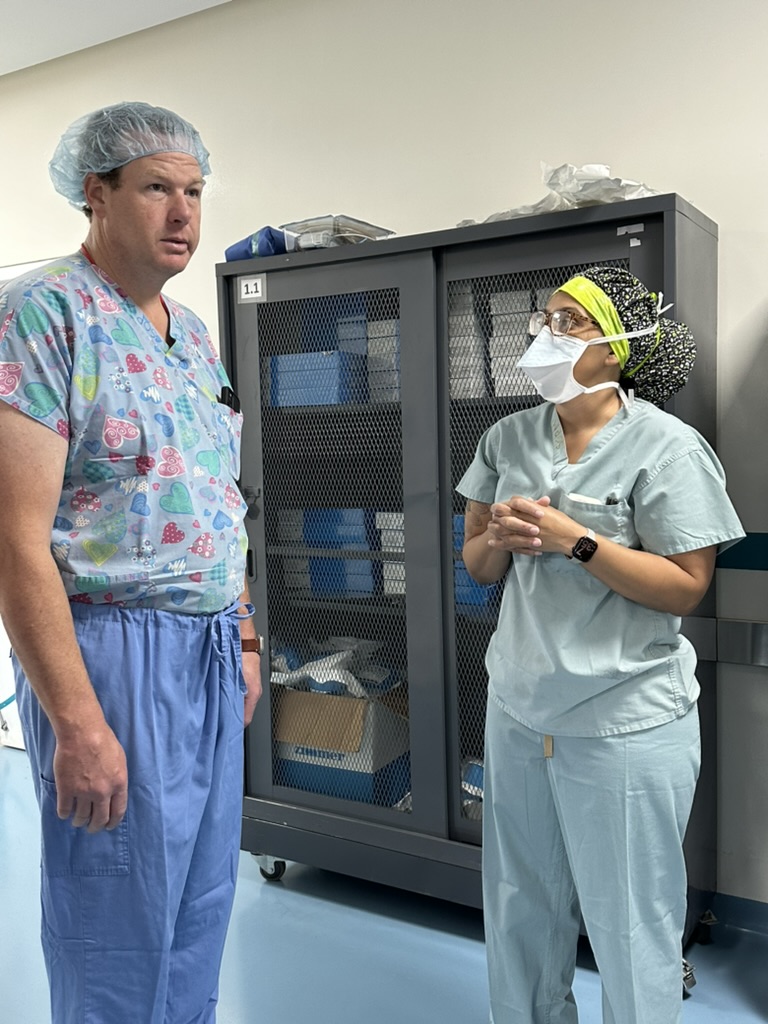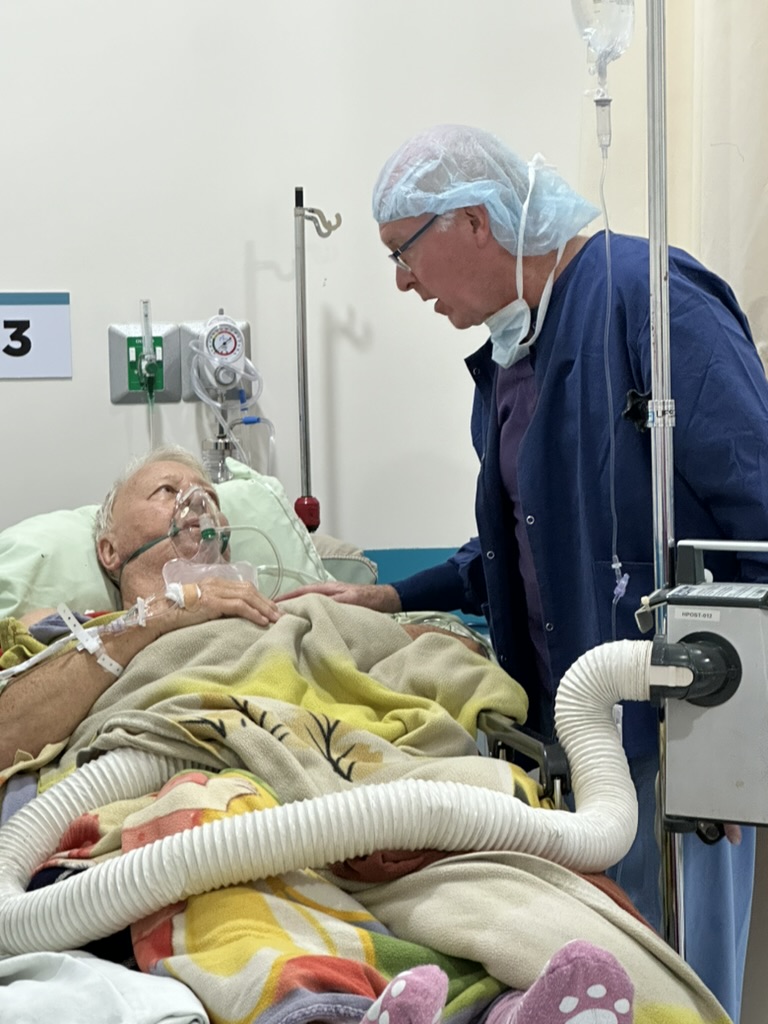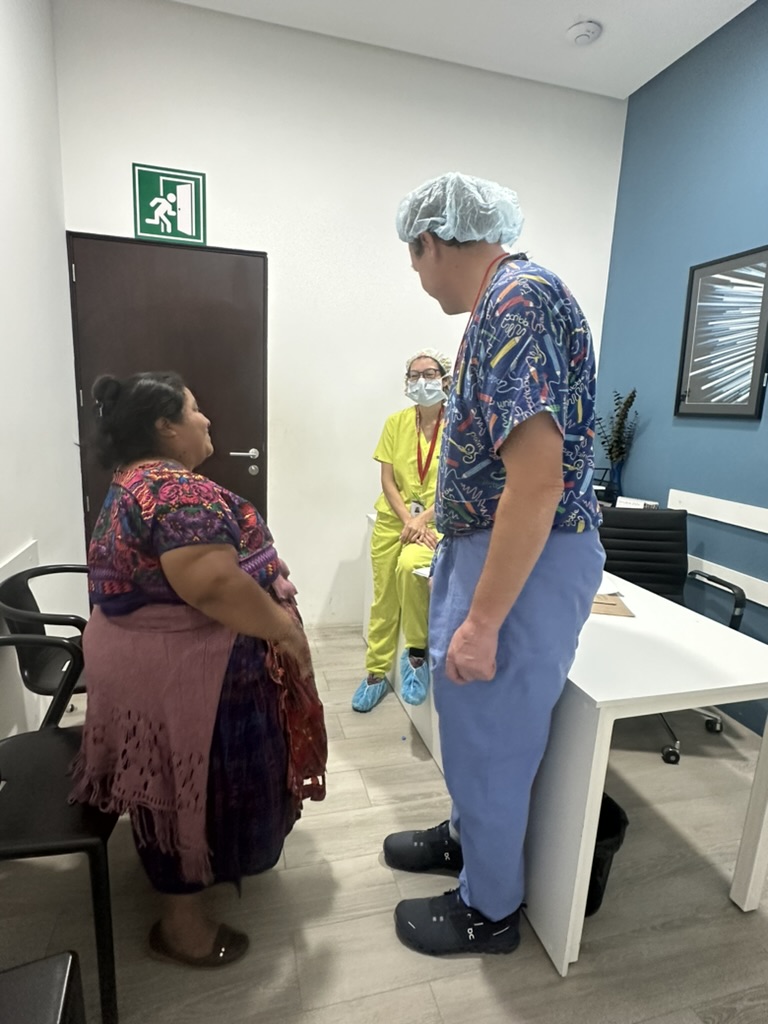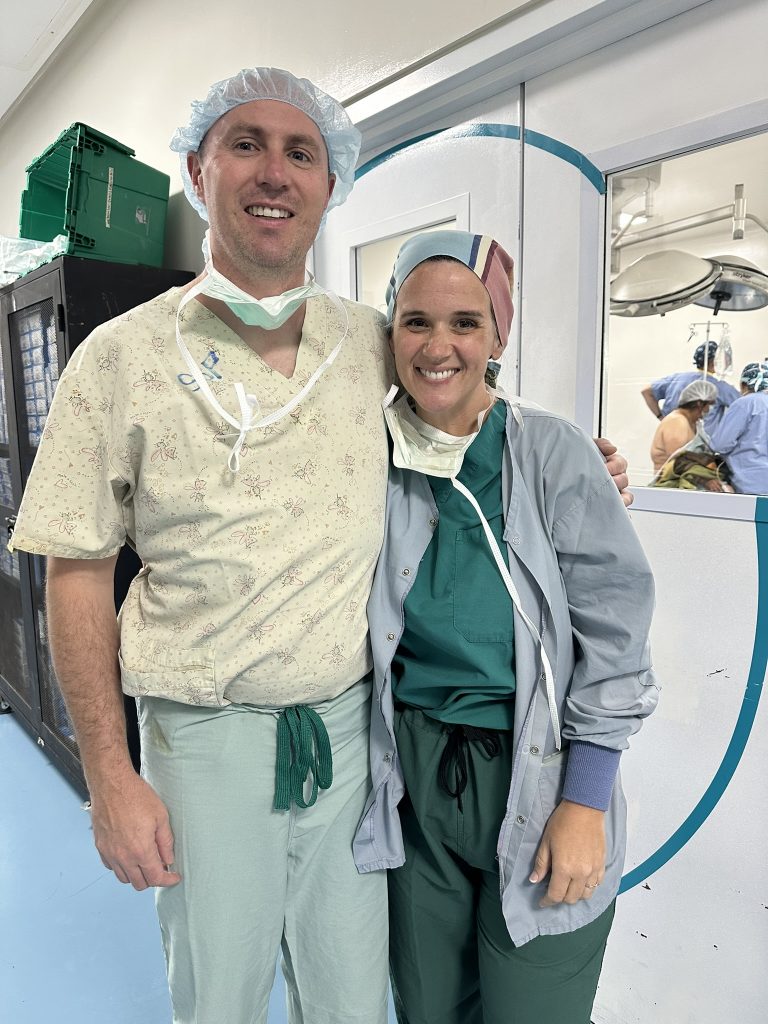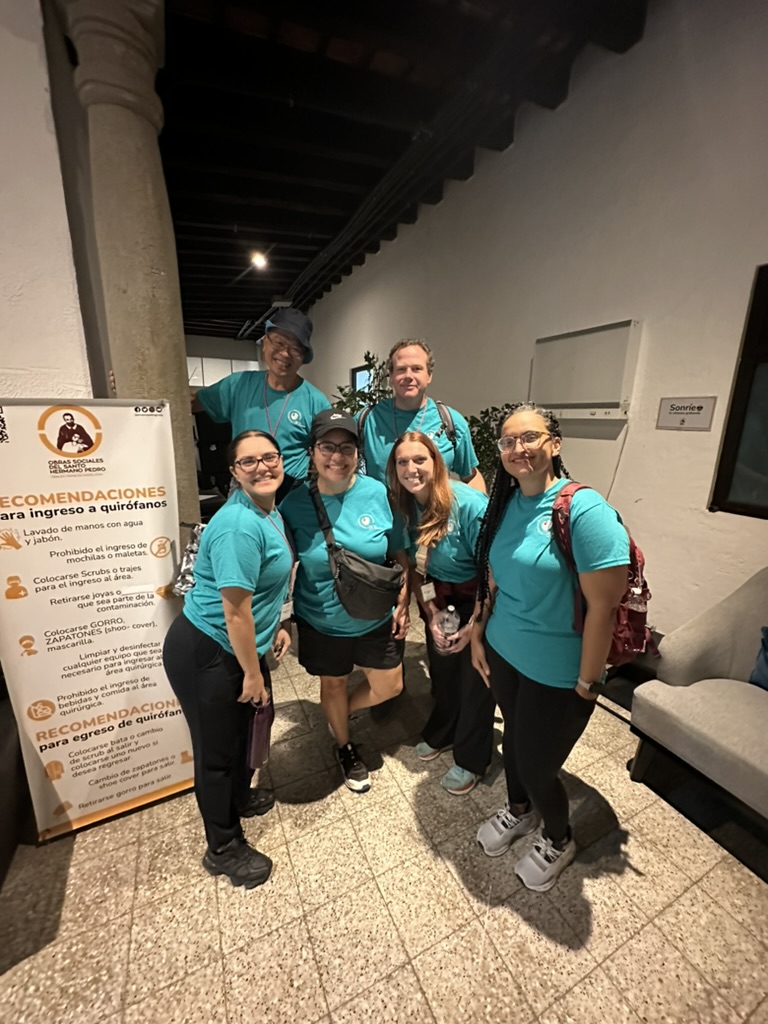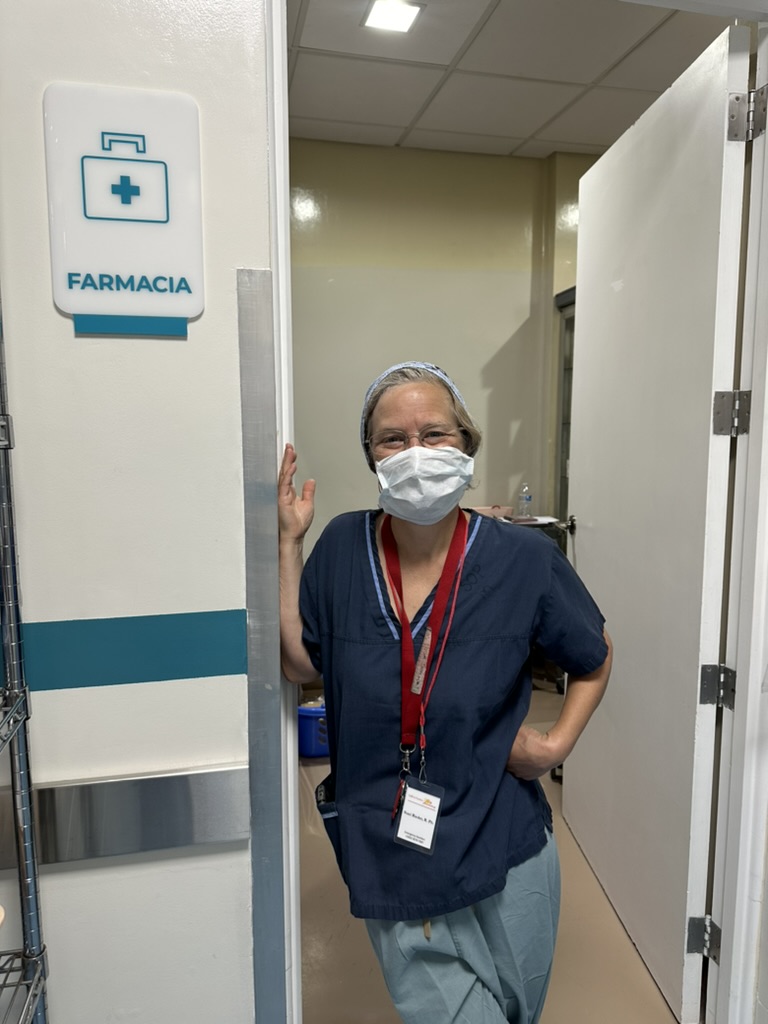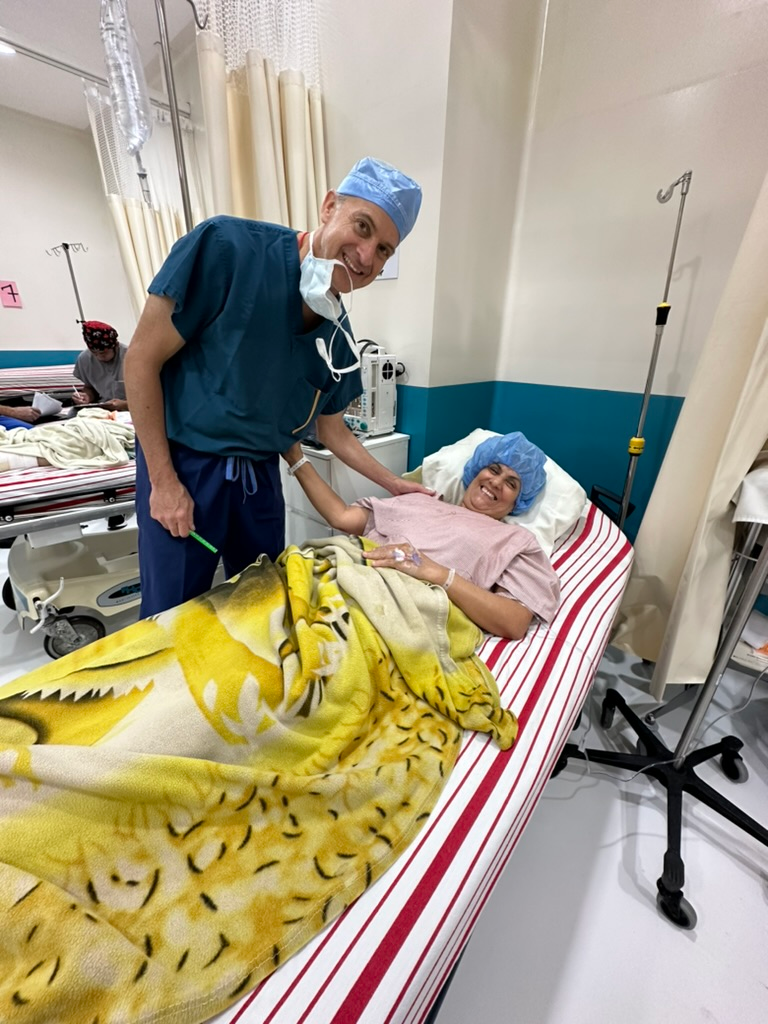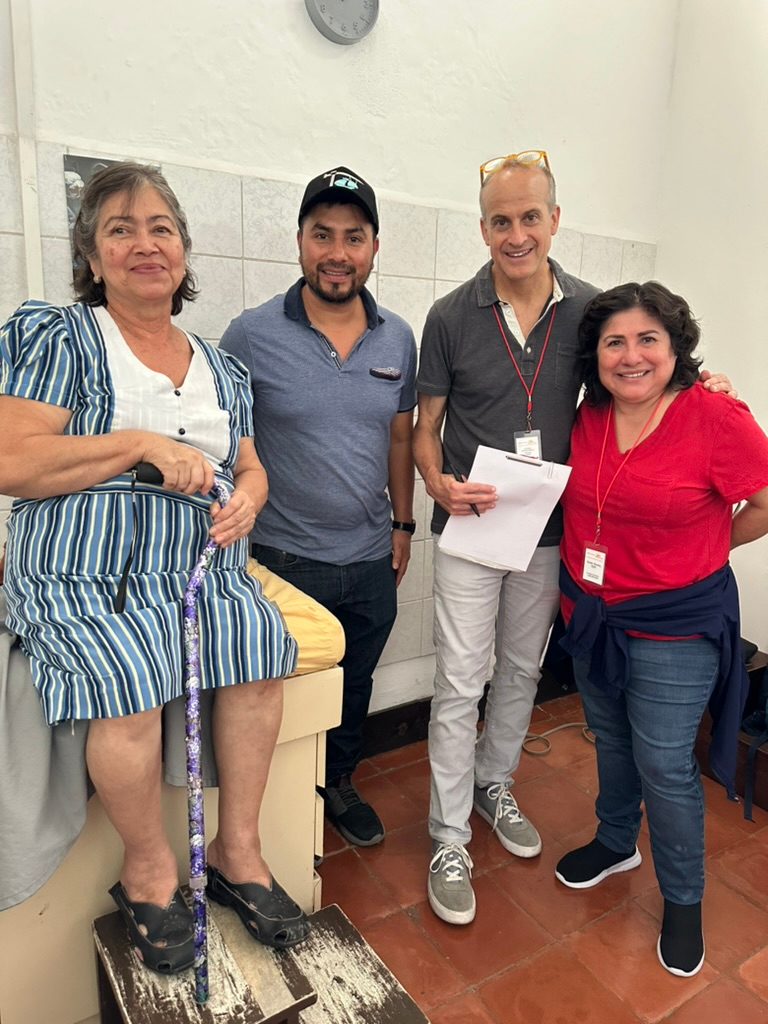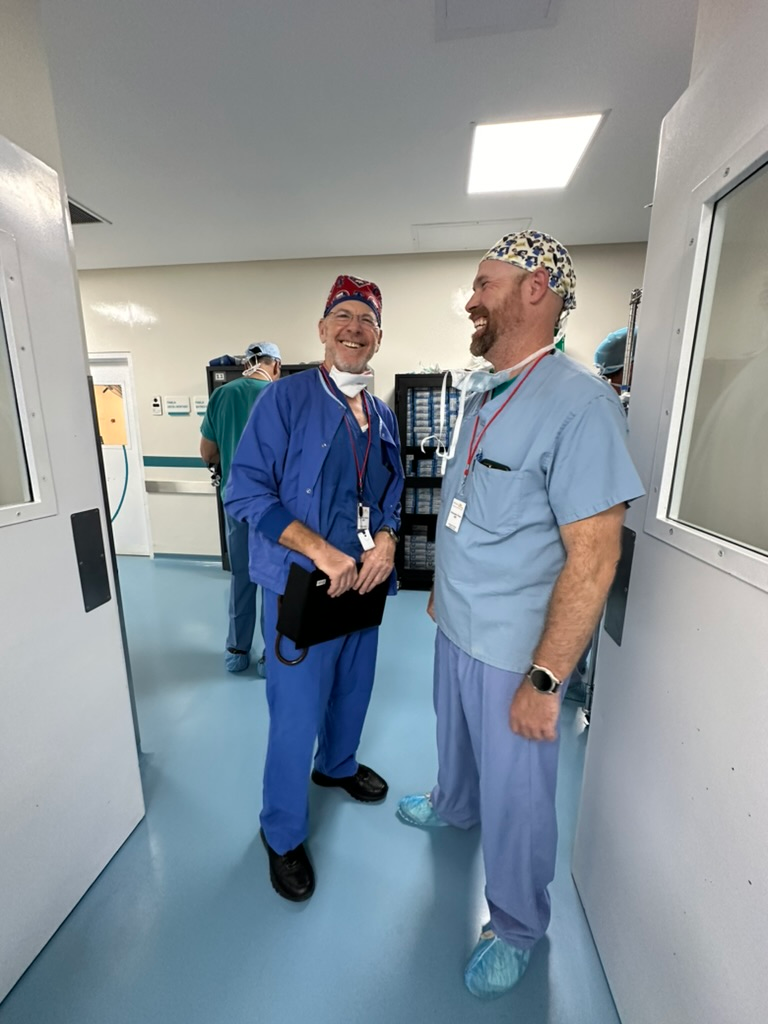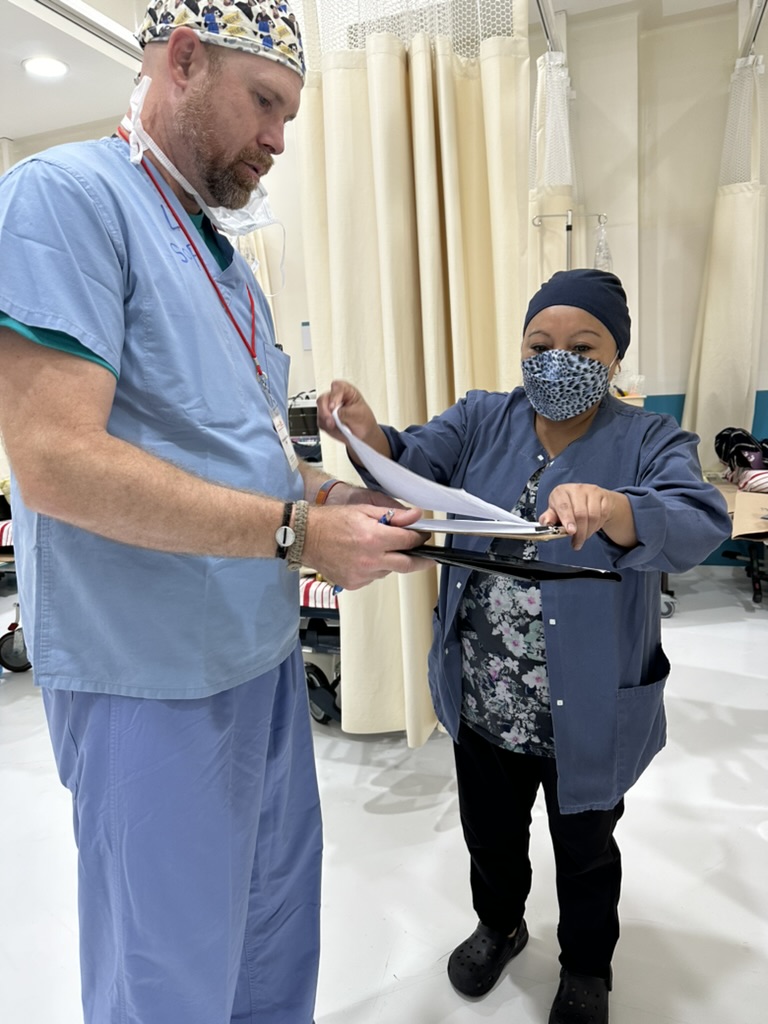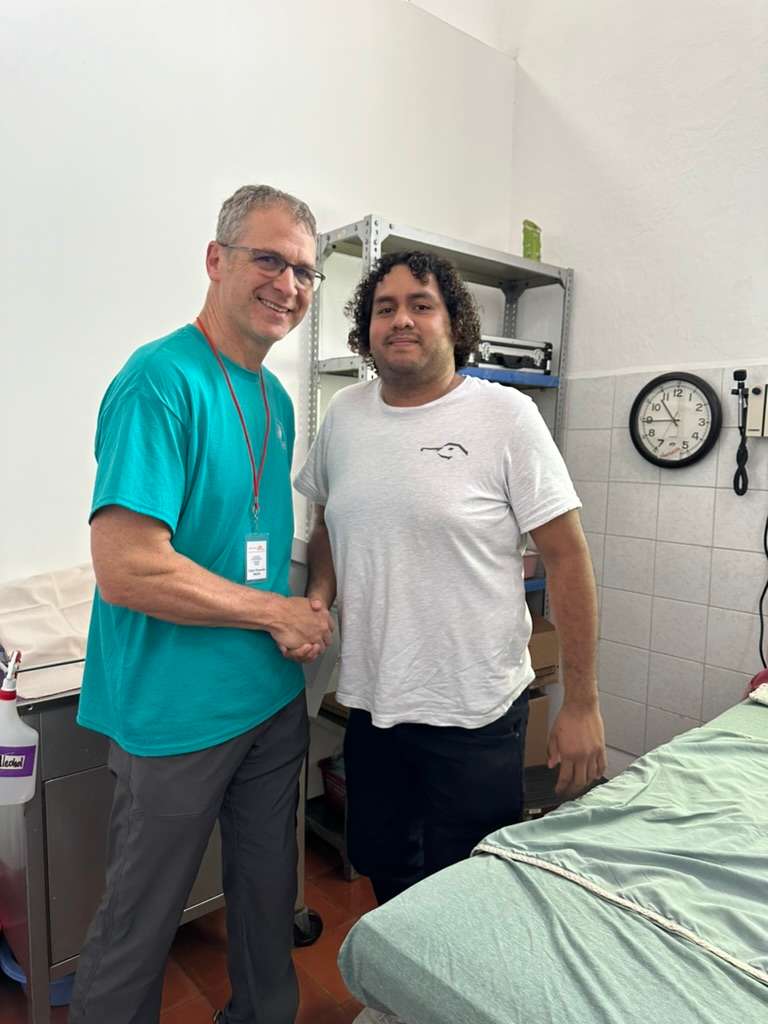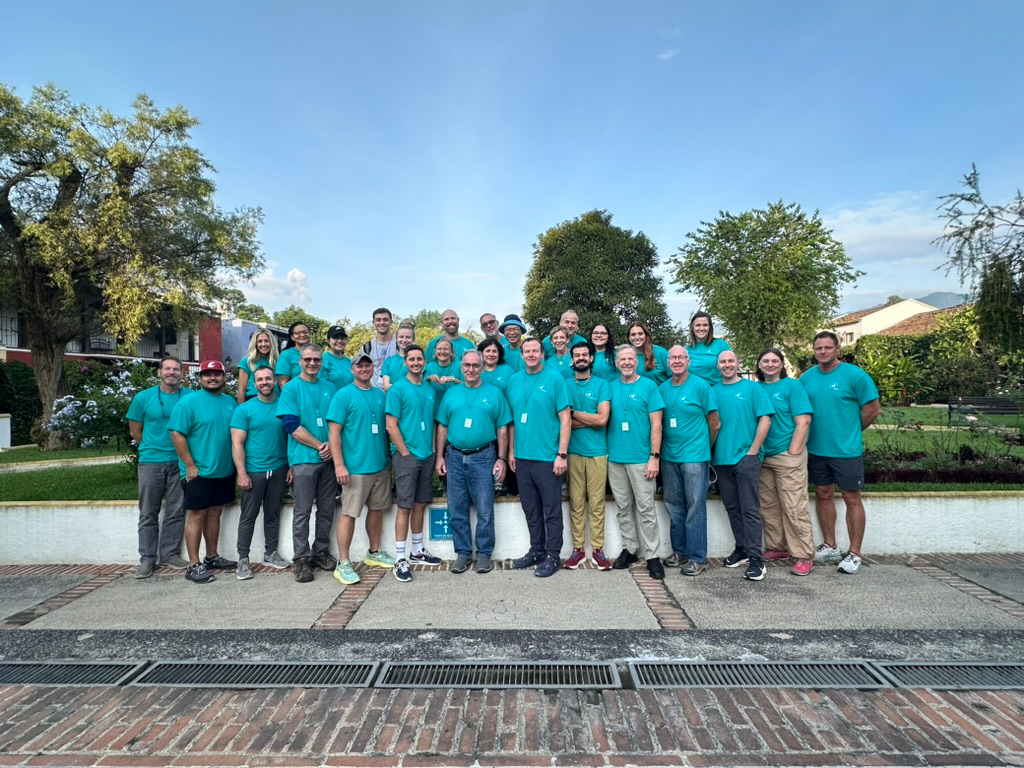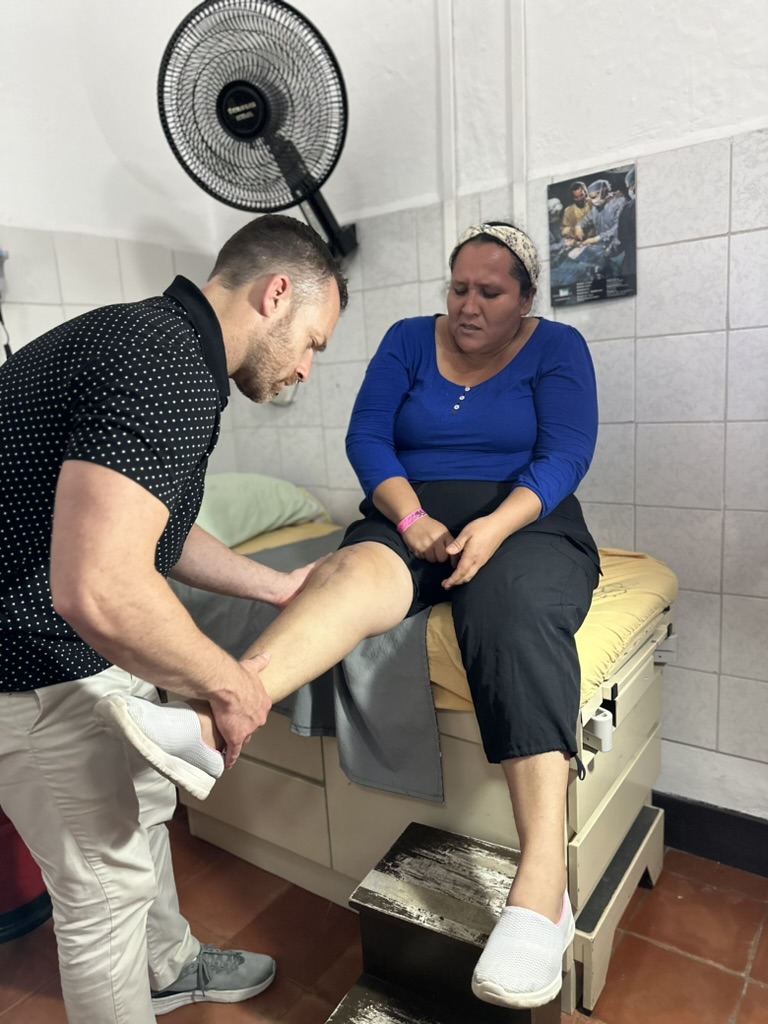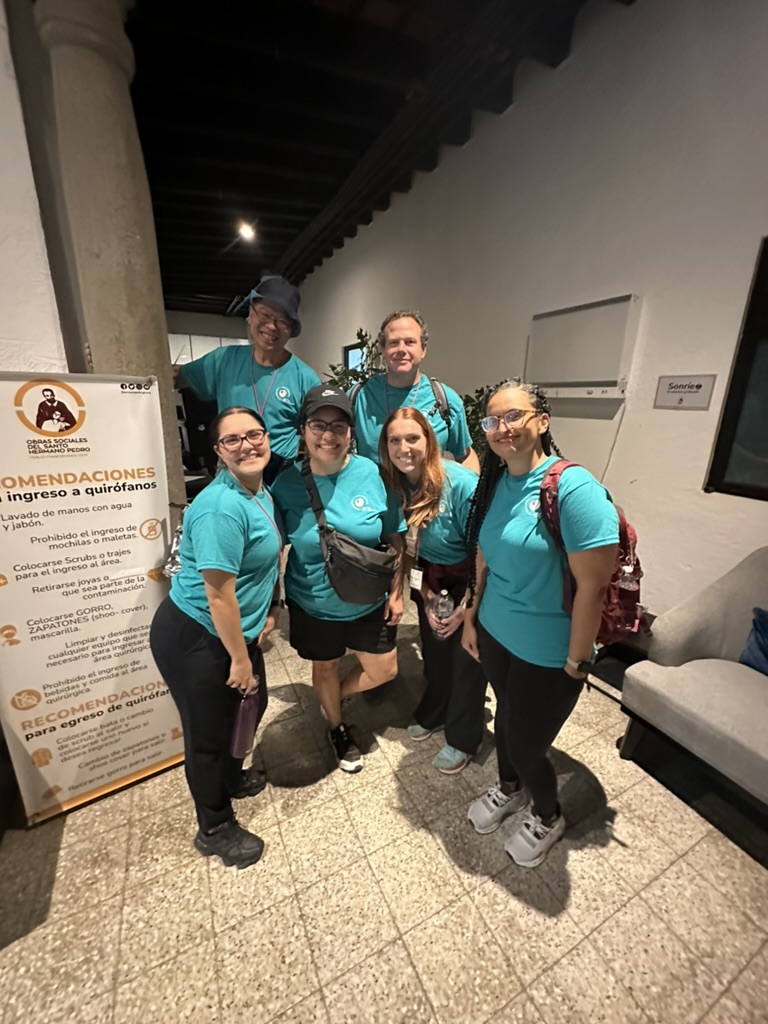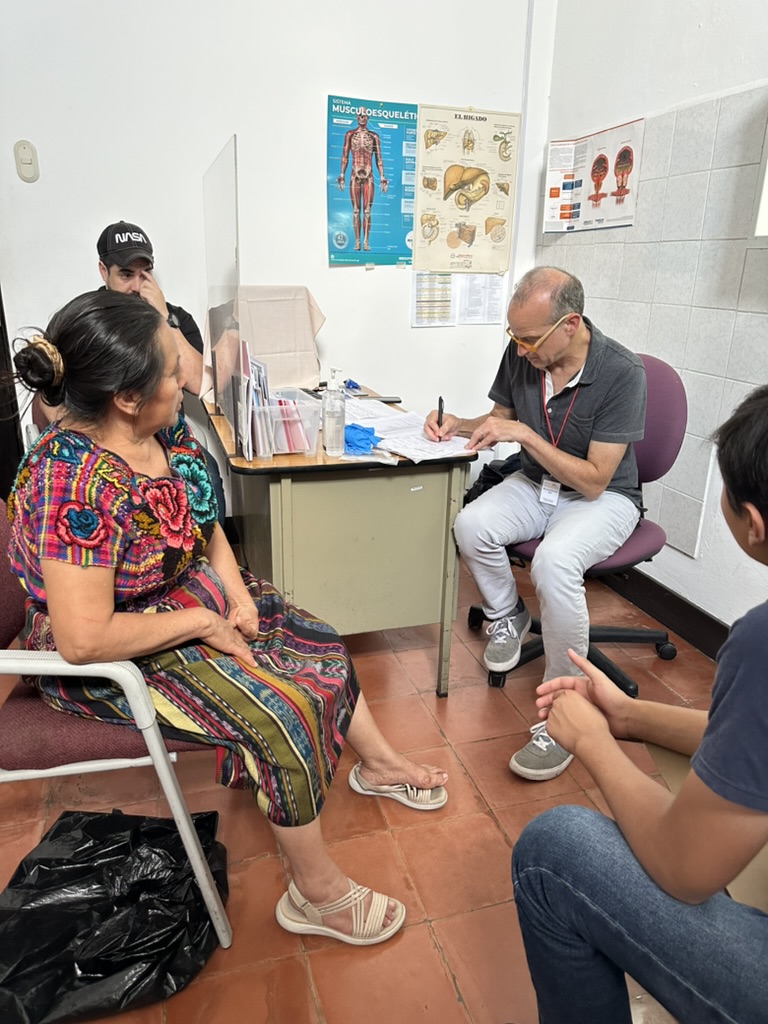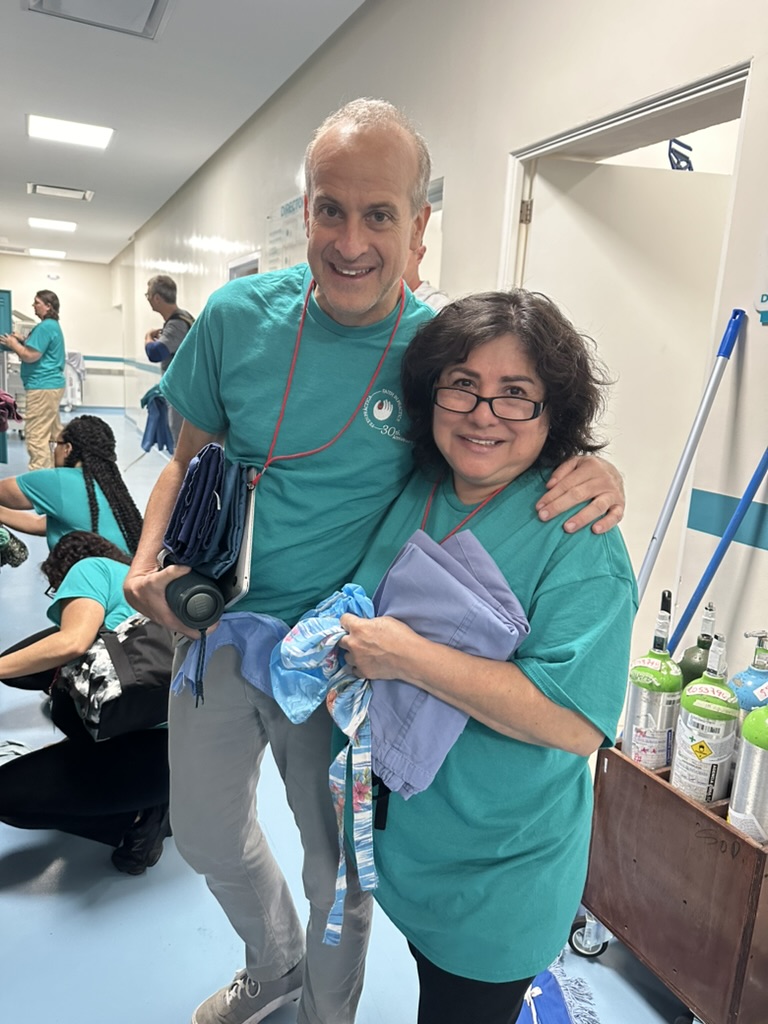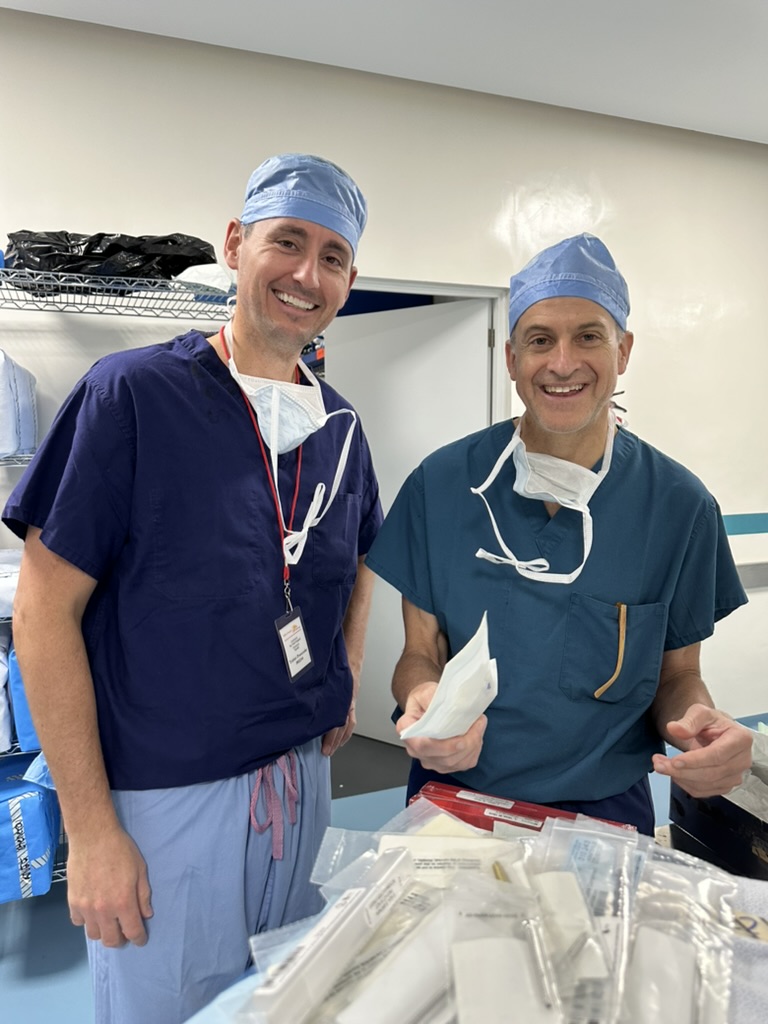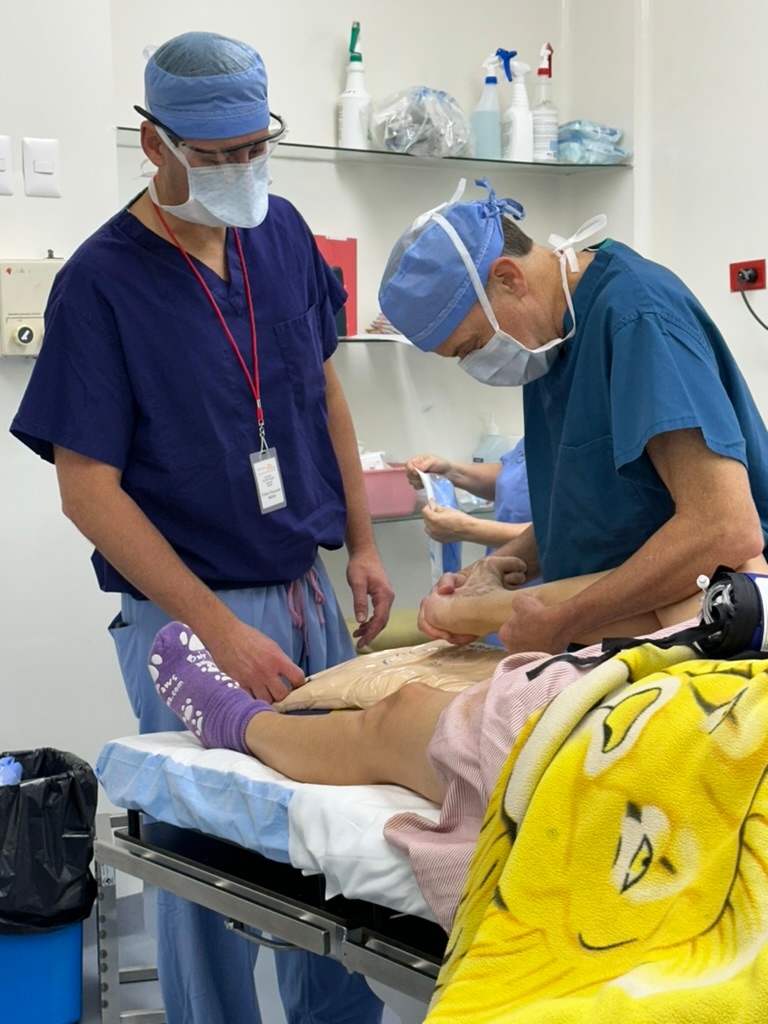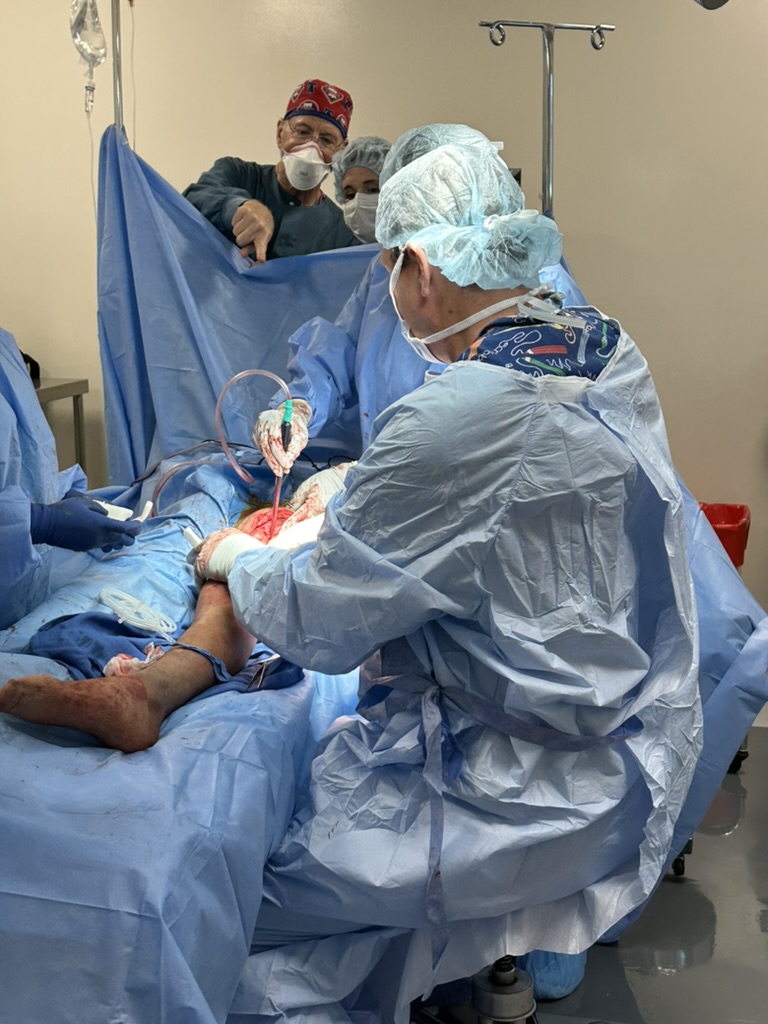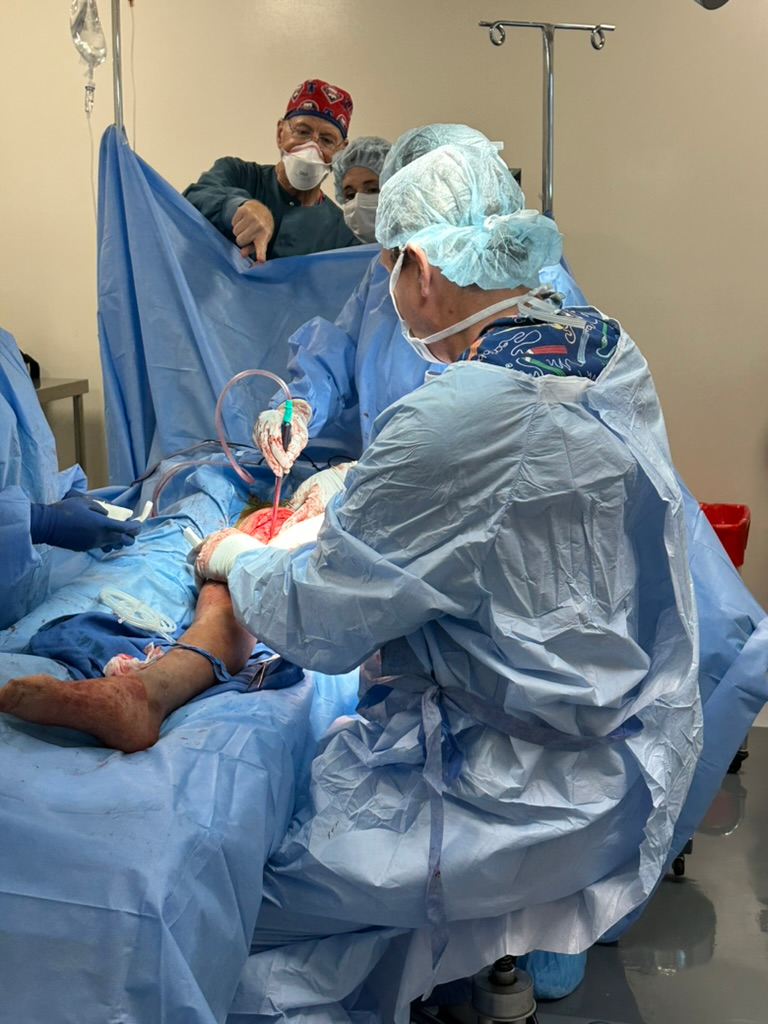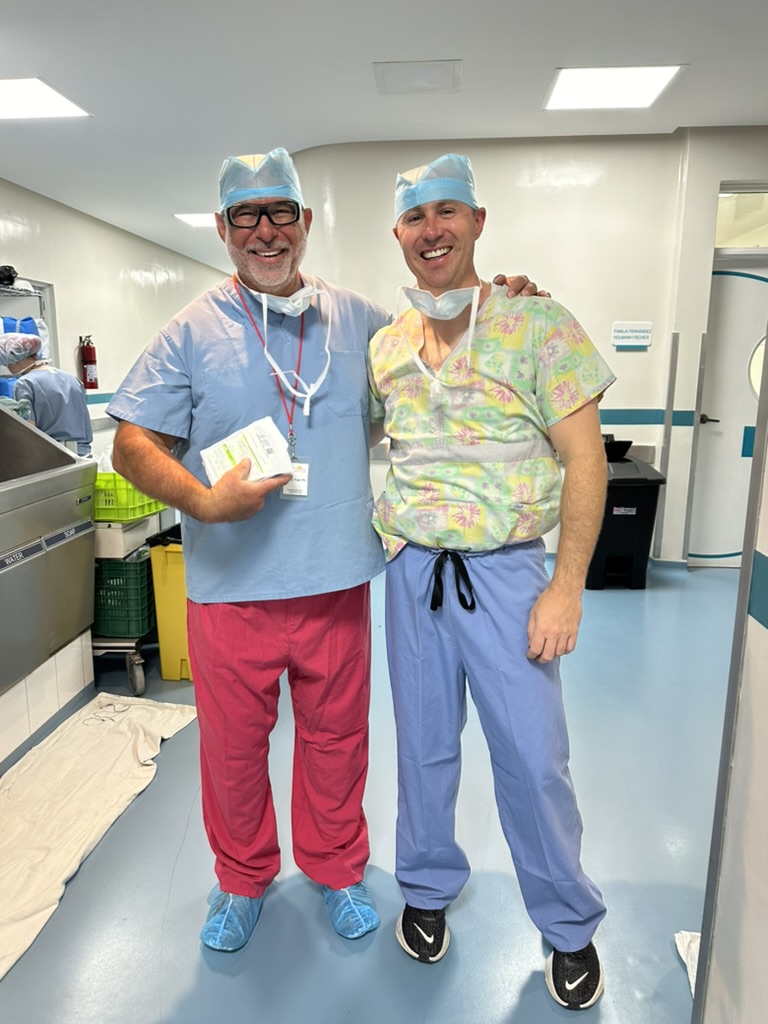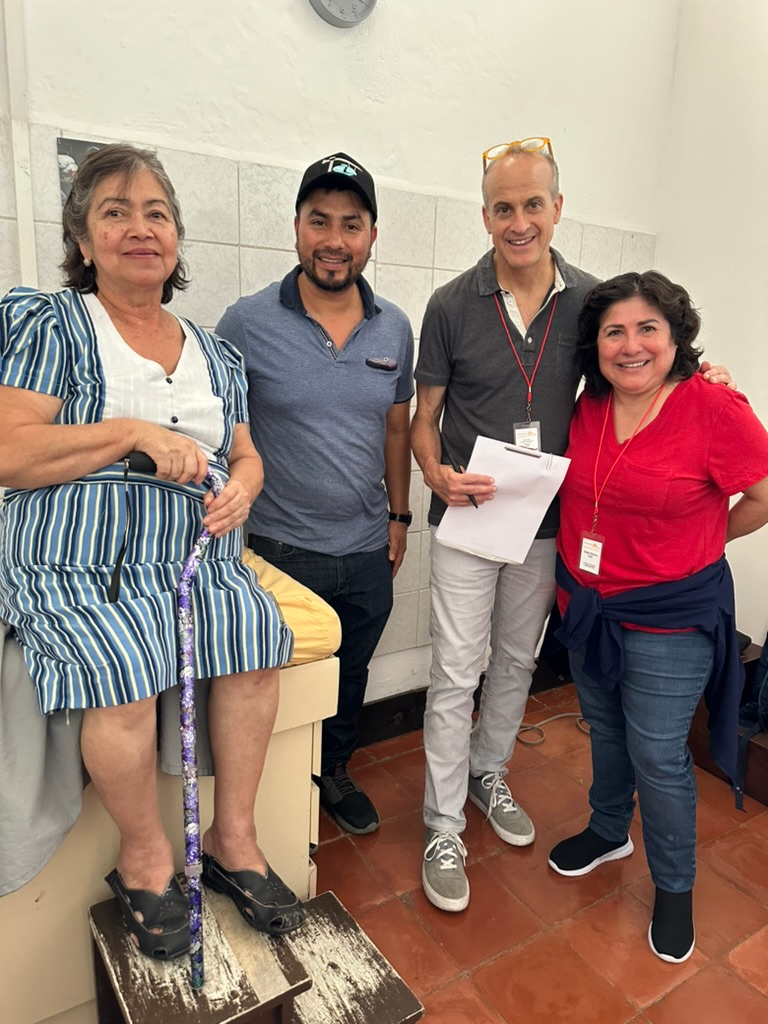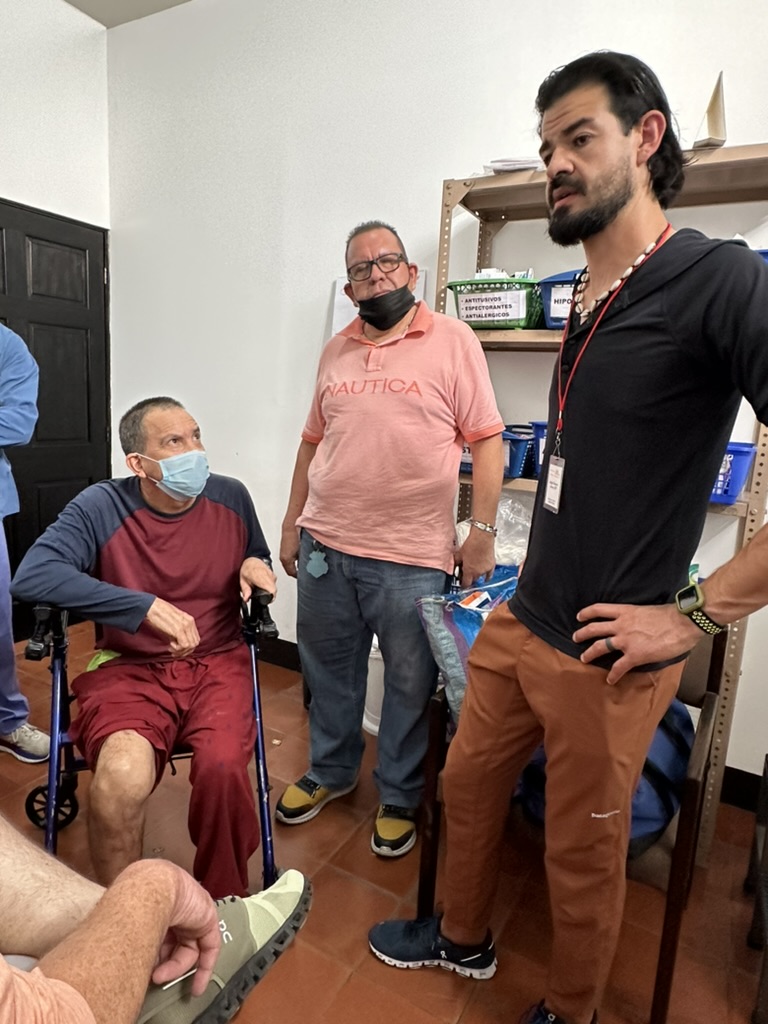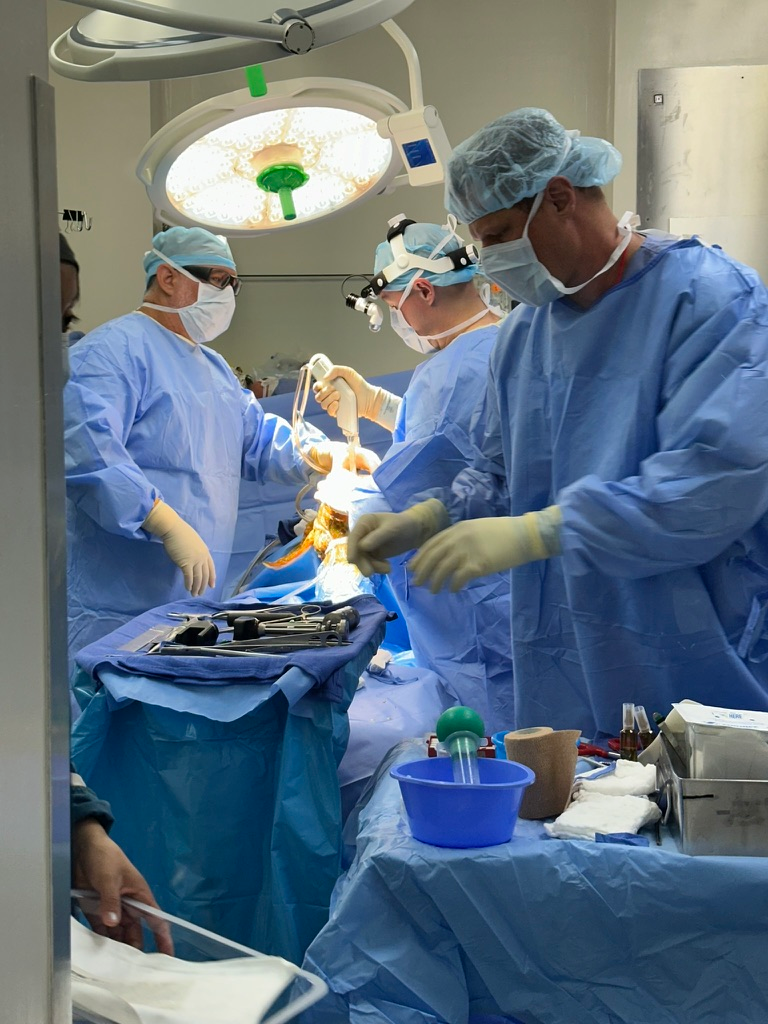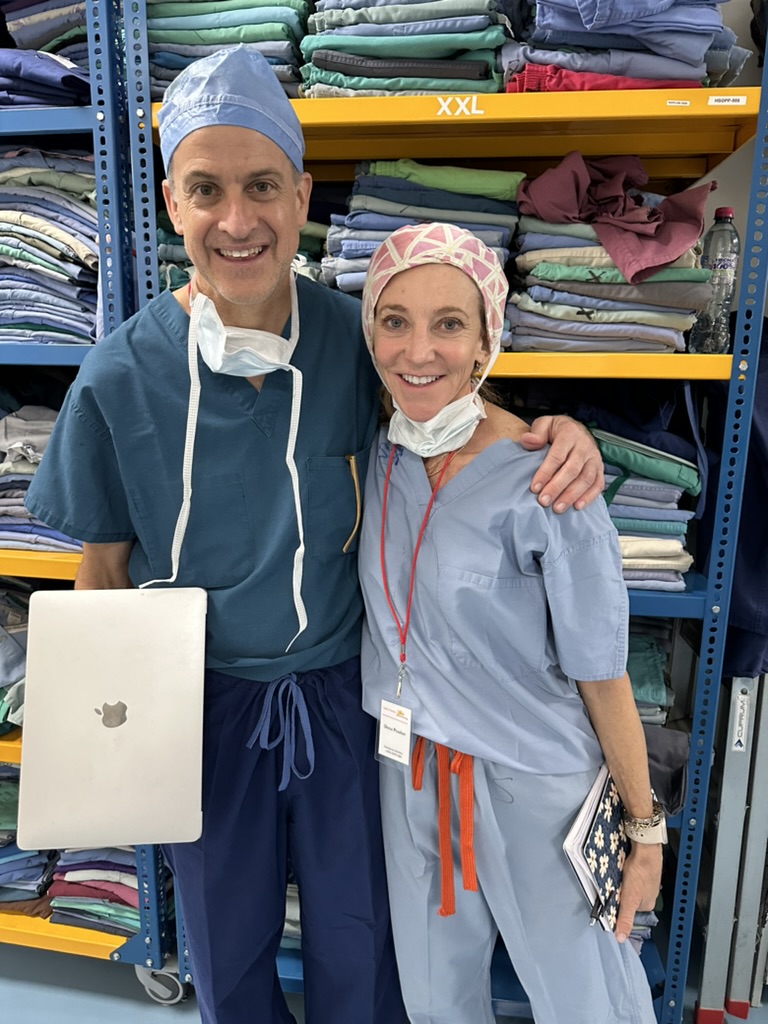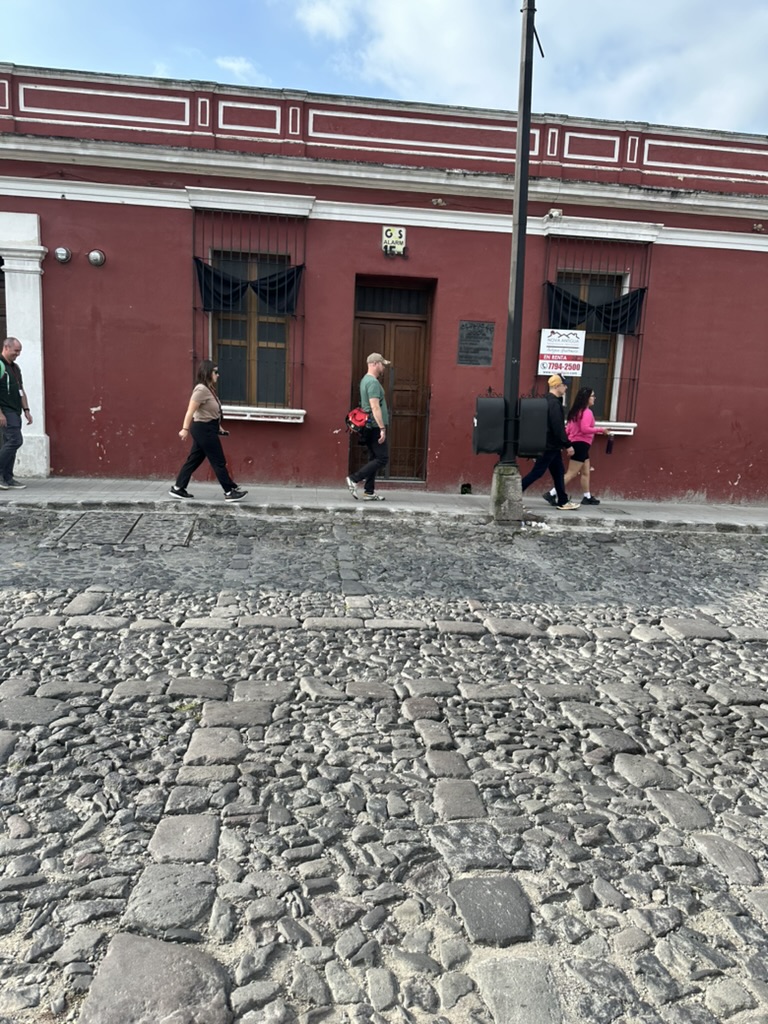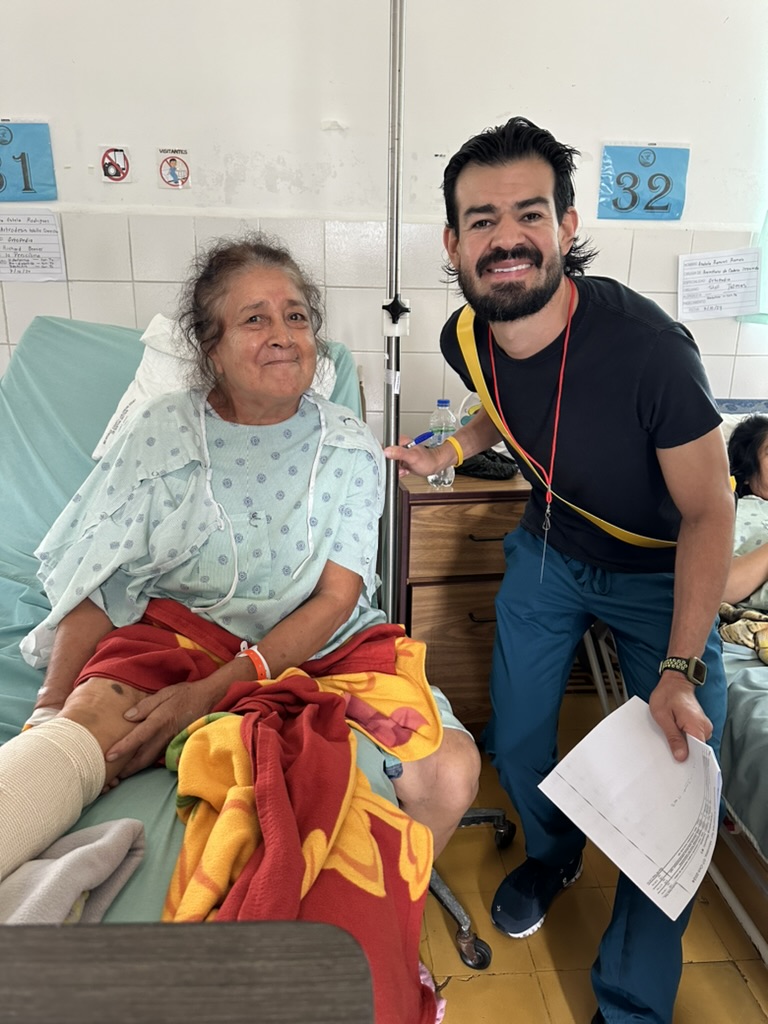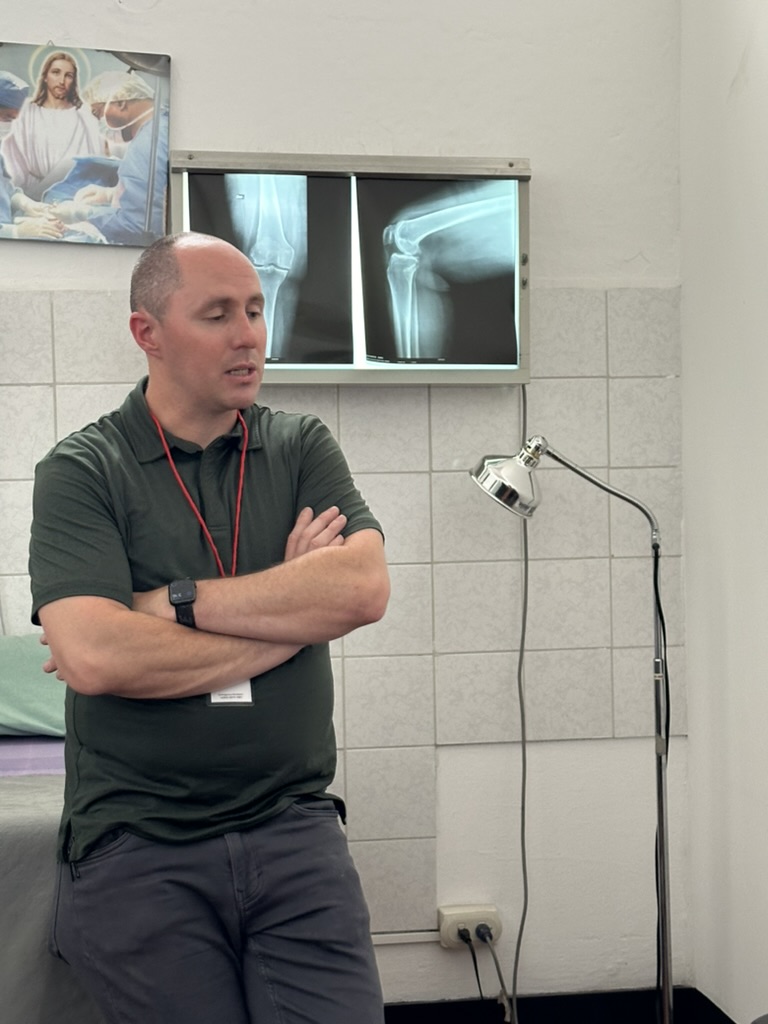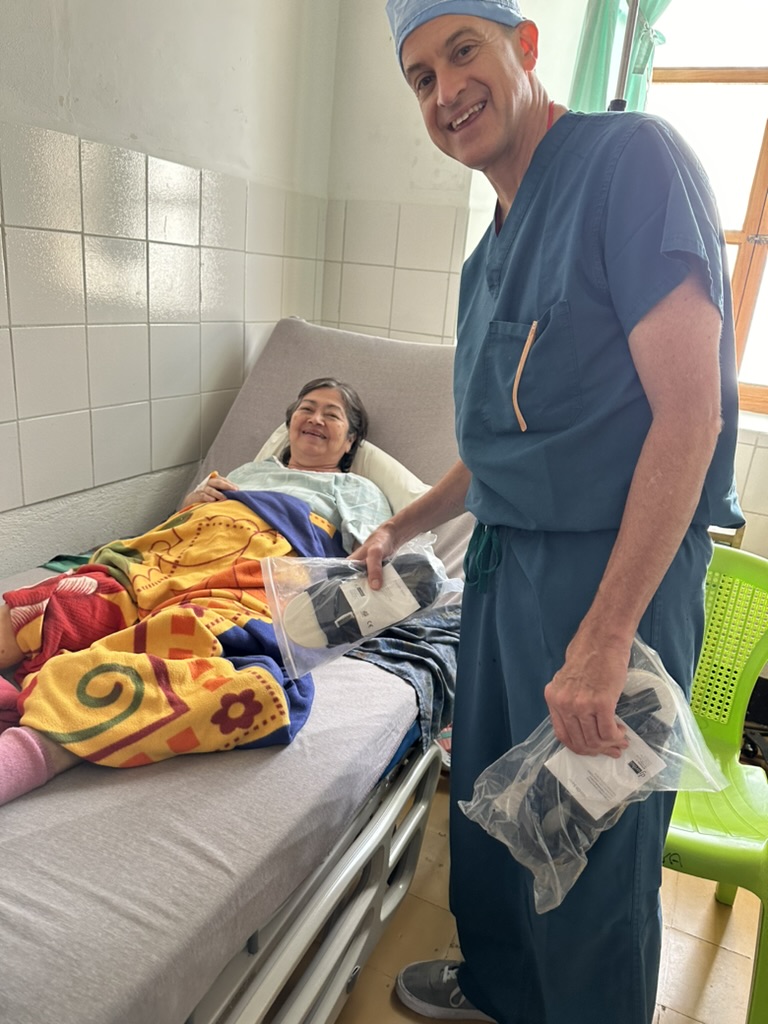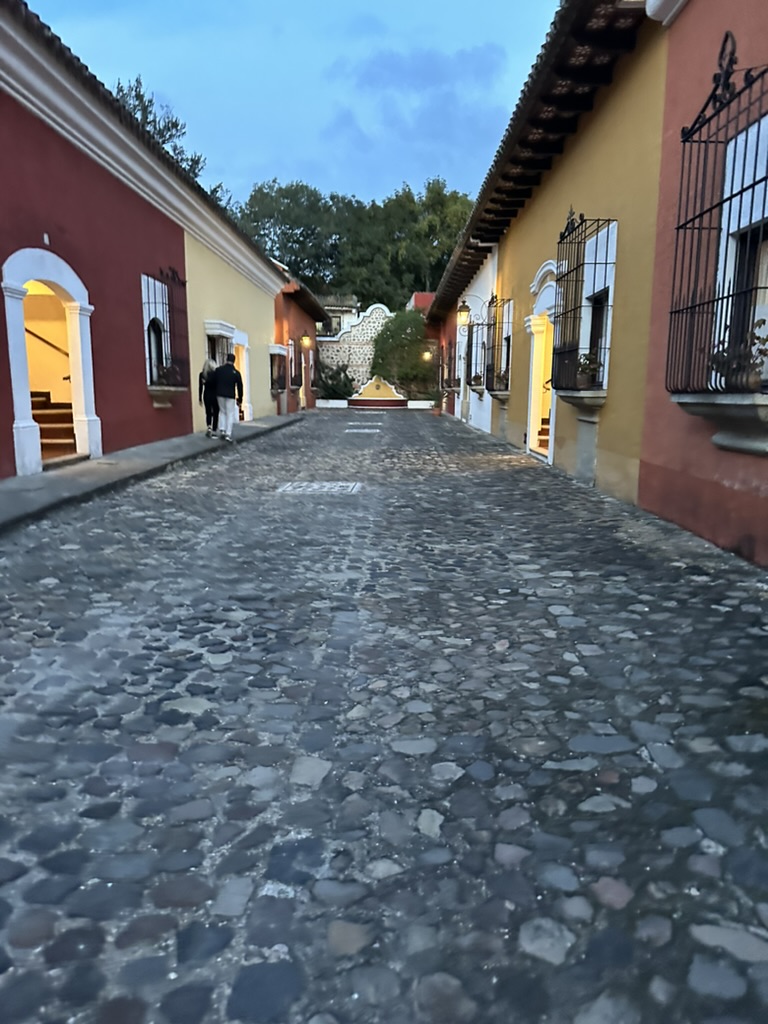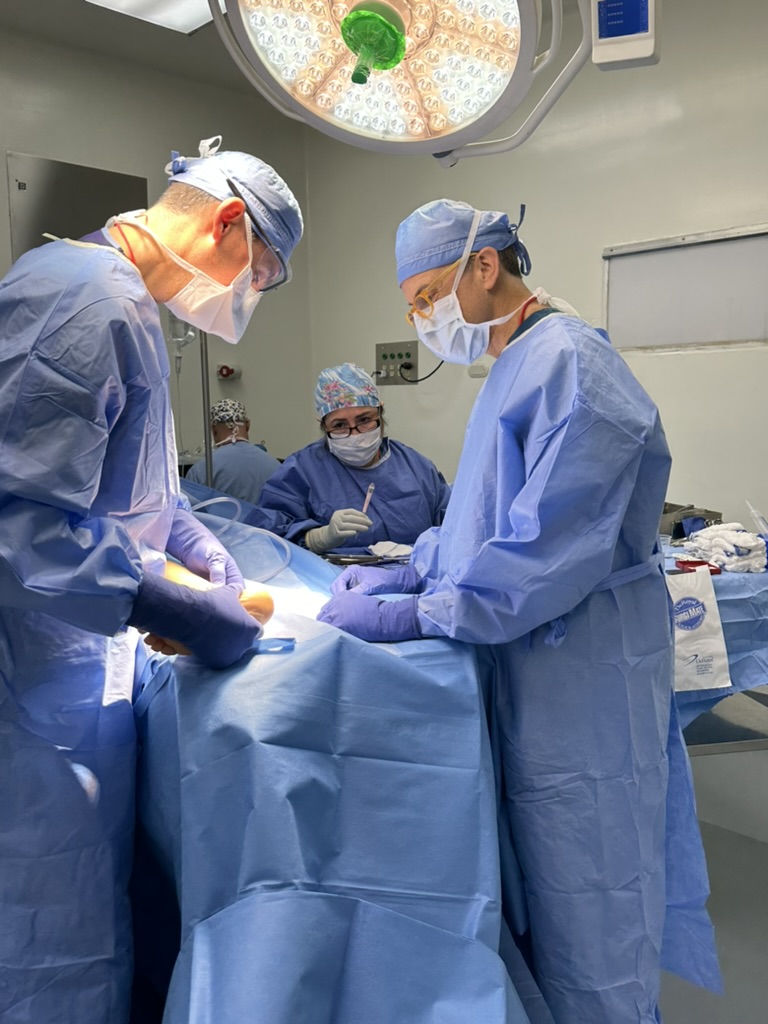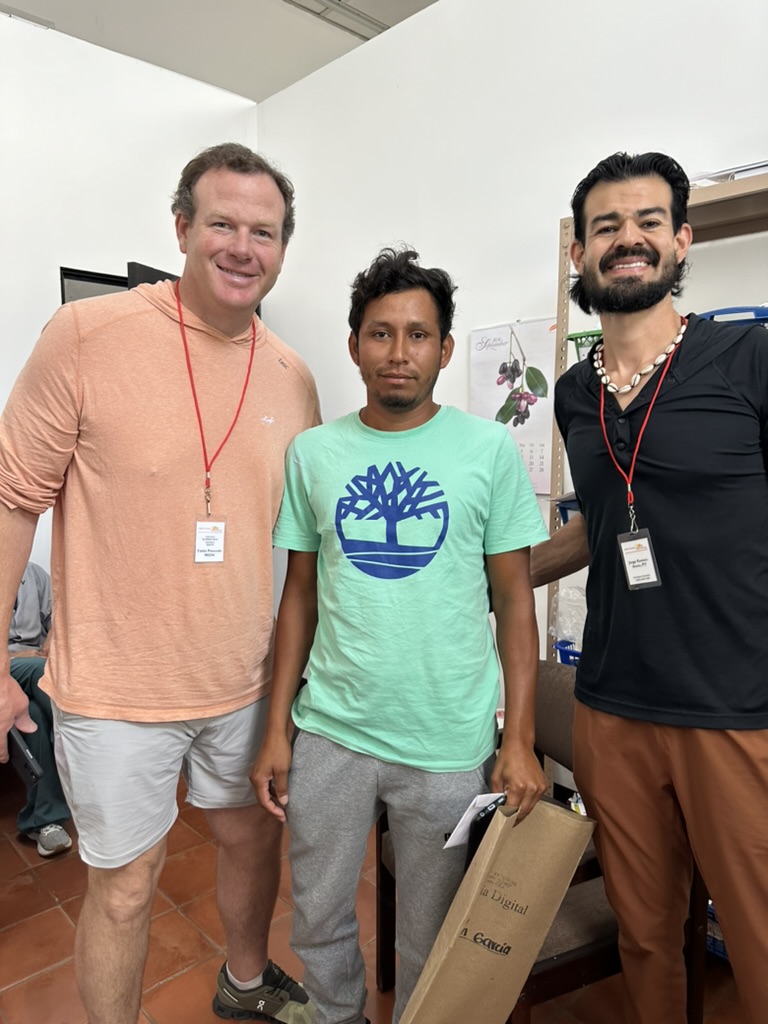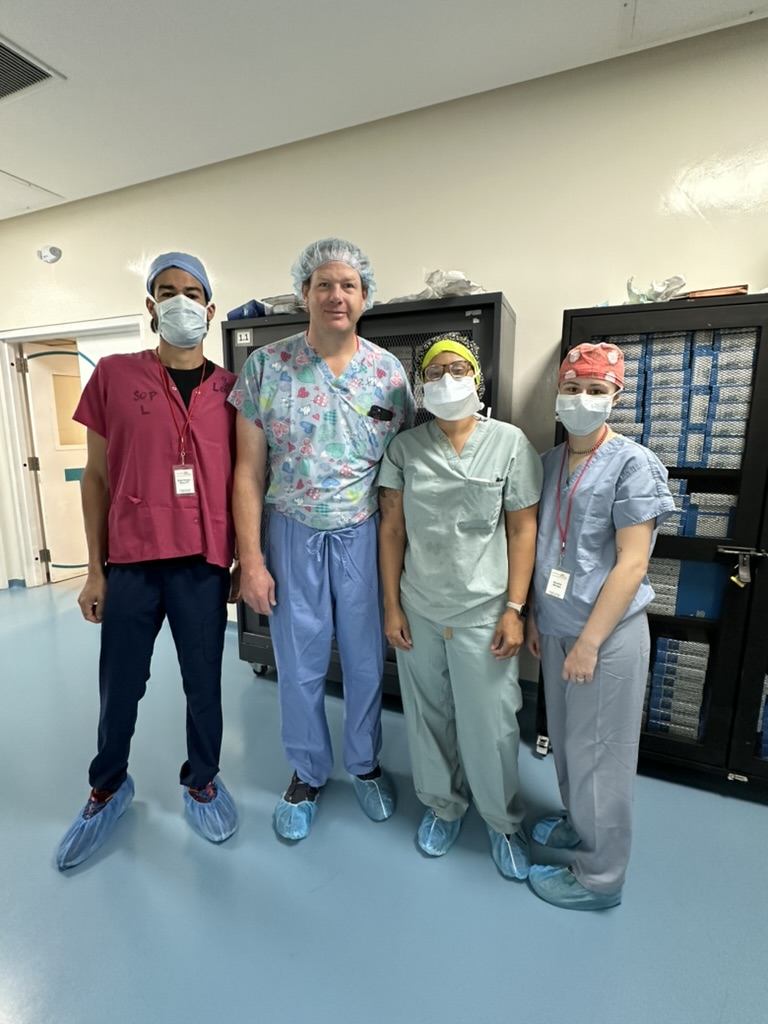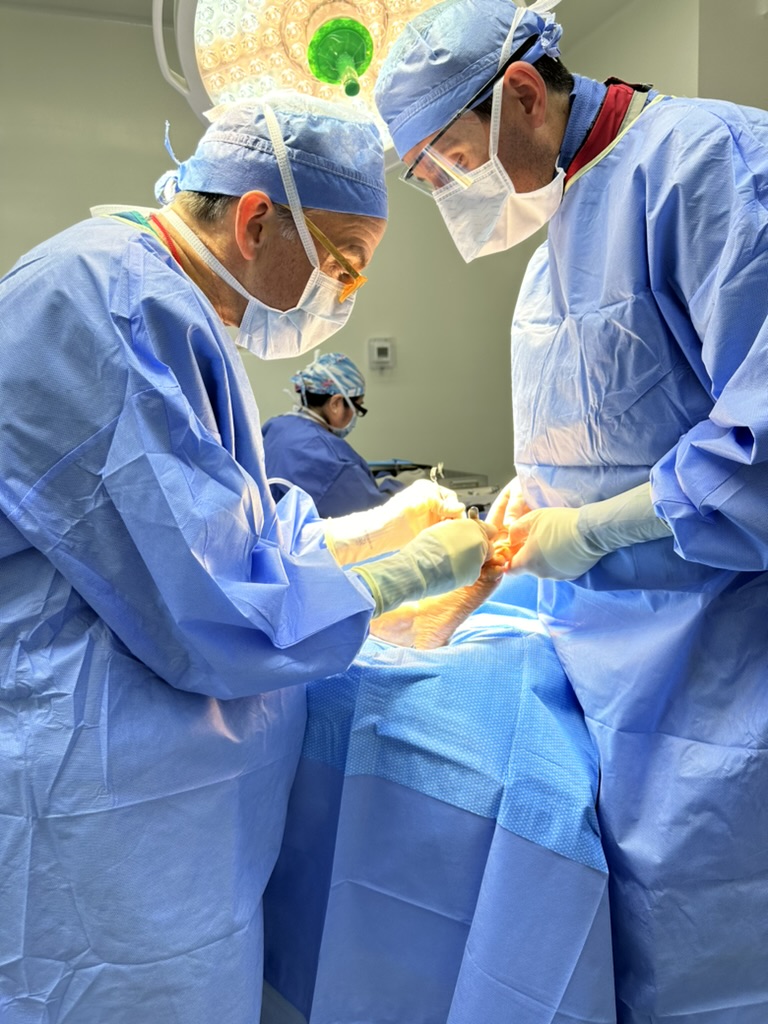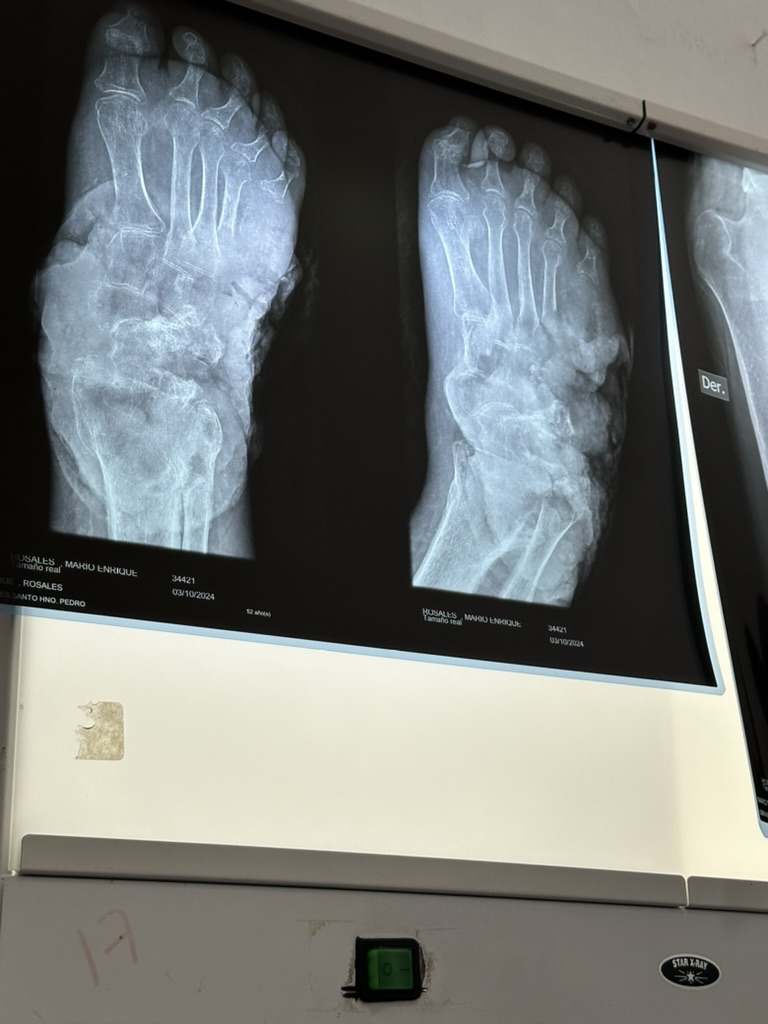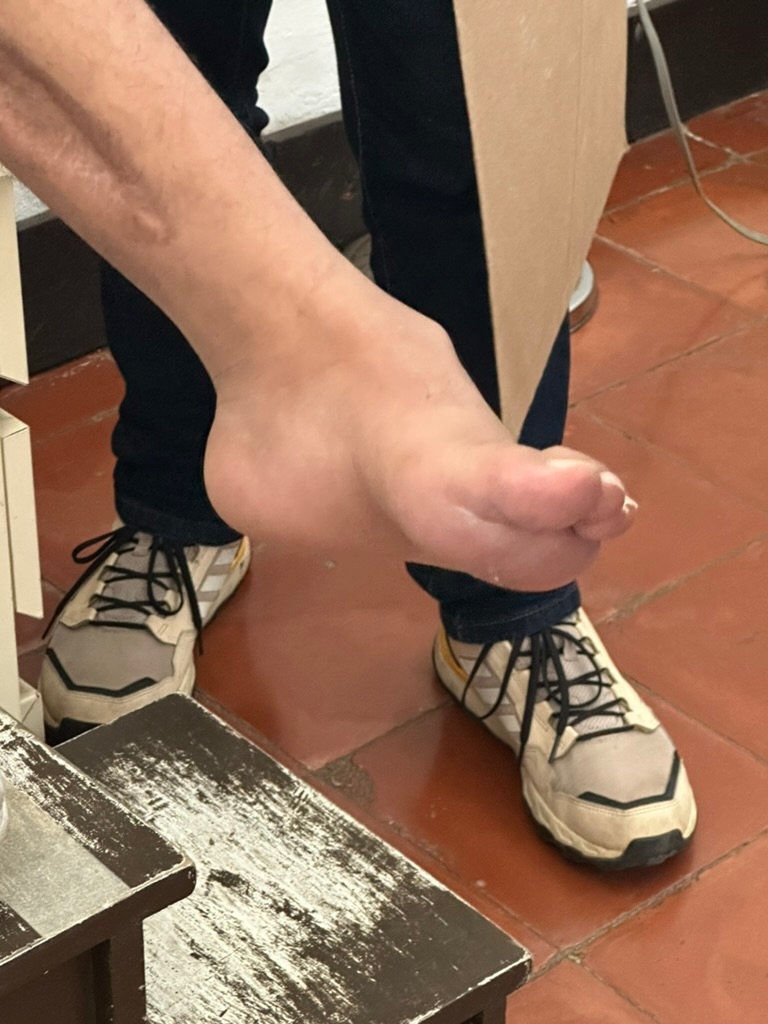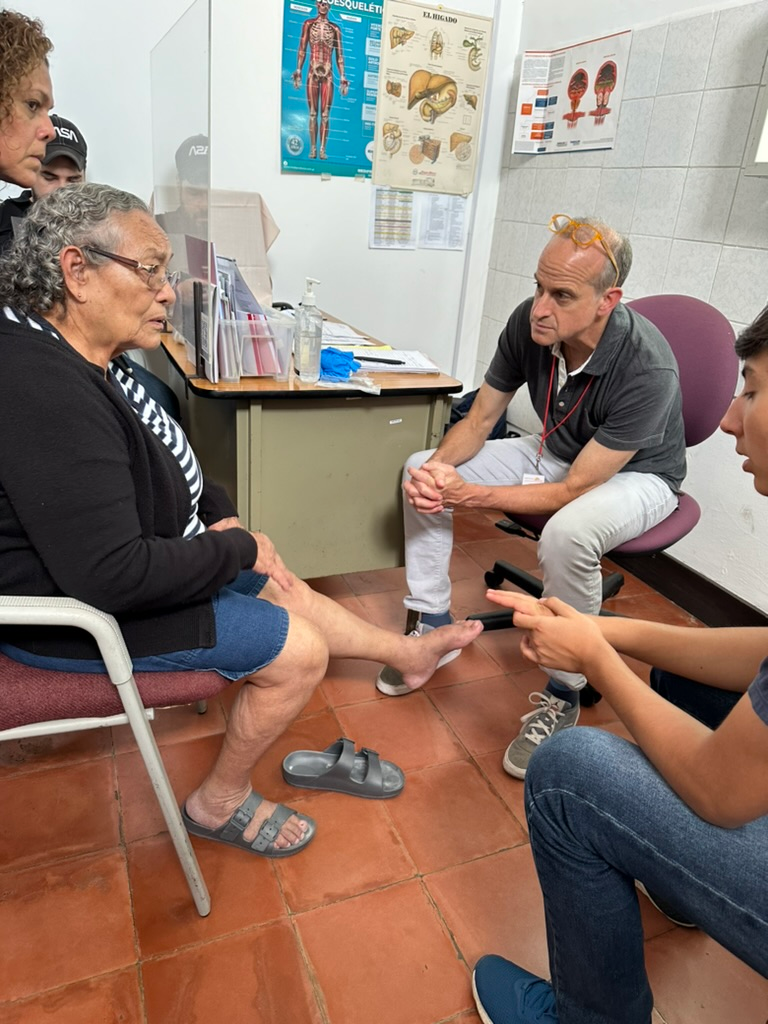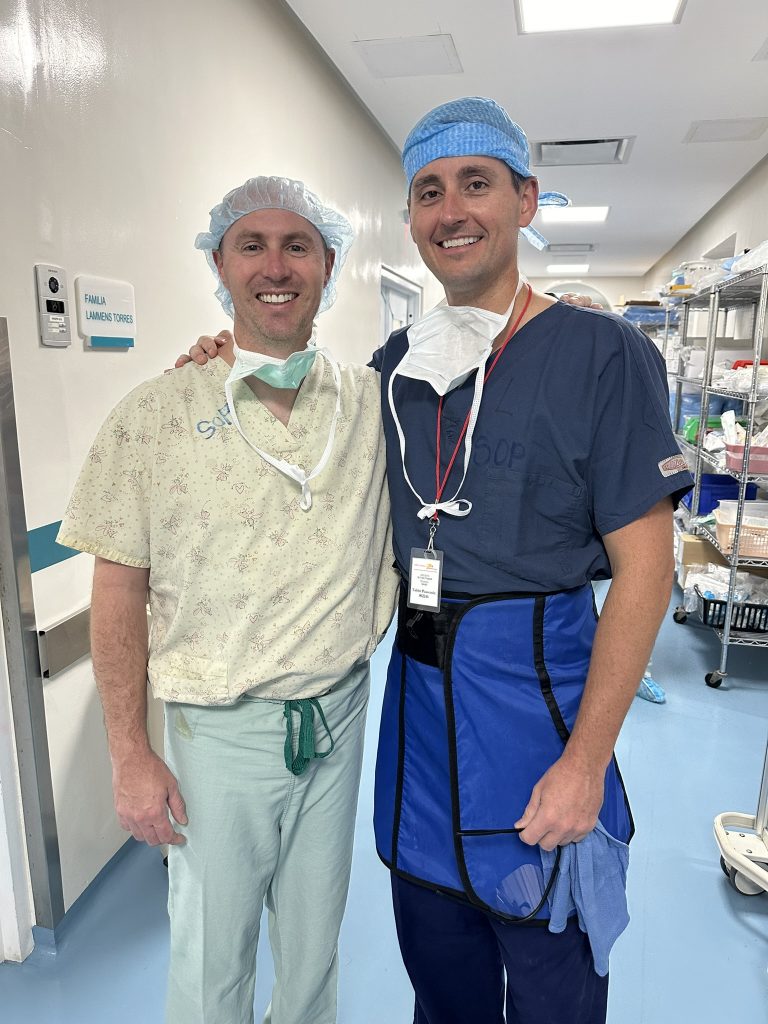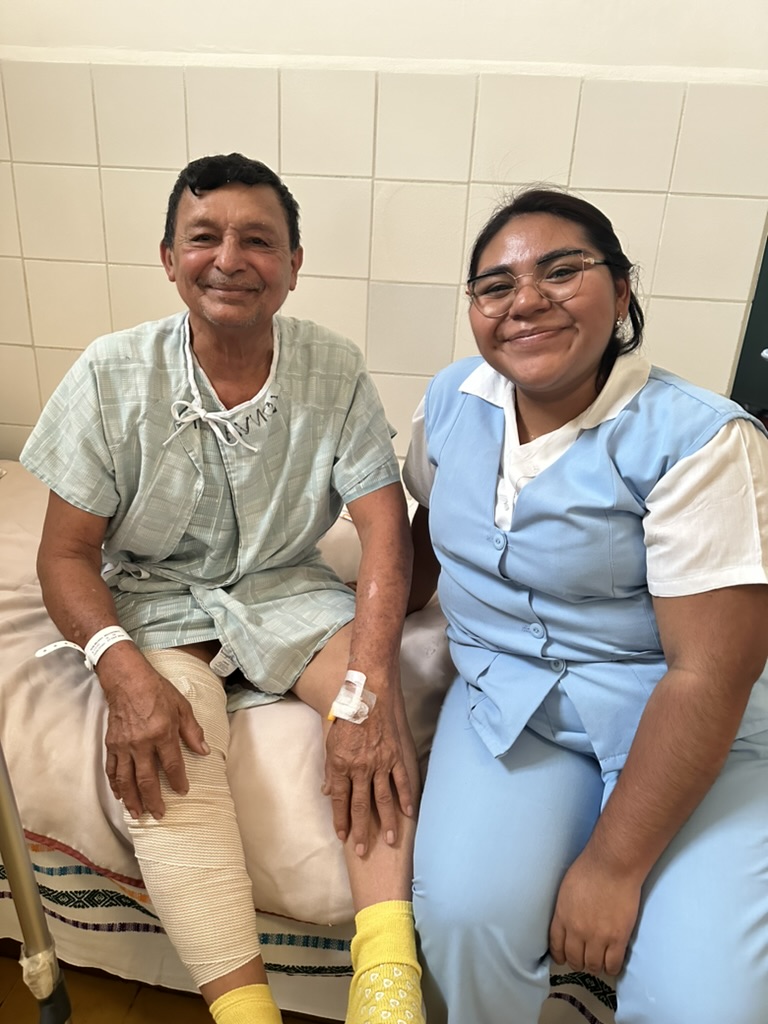There is an anecdotal story currently making its way around social media, and not for the first time. It has to do with the famous cultural anthropologist Margaret Mead and her answer to a question supposedly asked by one of her students. The question posed: “What do you consider to be one of the first signs of a civilized society?” Mead’s oft-quoted answer: “A healed human femur bone.” The story goes that Mead went on to explain that while wounded wild animals are often left behind by their pack to suffer their fate alone, the remains of a healed human femur would suggest that a traumatically injured person must have received compassionate support from others over an extensive period—very civilized behavior indeed.
I came across this online story about Mead and her reported femur-related and ultimately meme-worthy conclusion about humanity and civilization for the first time during a break on my mission trip to Antigua, Guatemala with Faith In Practice. As I was part of an orthopedic volunteer team, it caught my attention. So, I did a little digging. It turns out that it is unclear as to whether there is any truth at all to this exchange between Mead and her student. Nonetheless, the short story endures as it is a touching one that speaks to human kindness, understanding, sympathy, tolerance, goodness, mercy, charity, and altruism—values that we all crave evidence of, perhaps more so than ever right now. It also seems to tap into a collective and longstanding human desire for storytelling as a way to relate and connect to others.
Every single Faith In Practice mission is filled with stories of humanity, connection, and yes, for orthopedic trips, broken femurs too. Every patient who comes to Faith In Practice for treatment has their own unique and compelling story. Each doctor or volunteer who serves for this impactful faith-based nonprofit brings their own story of inspiration as to why they decided to give of their time, talent, and resources. And there are ample stories about the inevitable connections that form between and among these patients and medical professionals, connections that are grounded in the humanity that brings them together, and the incredible gratitude they all share from their collective experience.
In 1 Peter, 4:10, Peter says, “As each one has received a gift, minister it to one another, as good stewards of the manifold grace of God.” The medical volunteers on Faith In Practice teams are gifted with honed talents and skills that they generously offer to people in need. Patients often travel many hours by car or bus for evaluations. Most repeat the journey many times for follow-up visits and care. They also often wait months and sometimes years for medical treatment that they would otherwise not have access to or the means to pay for—medical treatment that is life-changing not just for the patients, but for the family members and friends who care and love for them as well.
Imagine a man who can no longer work to support his family after suffering horrible injuries when a 1,200 lb. pallet of corn fell on and crushed his foot and leg.
Imagine the grandmother who cannot tend the garden that feeds her, or play with her beloved grandchildren, because of a foot deformity that limits her movements.
Imagine a 50-year-old woman who had polio when she was 14 and has not been able to bend her knee since, because doing so causes her patella to painfully dislocate.
Imagine a husband who is confined to a wheelchair after a motorcycle accident, isolated from friends and community.
Imagine a father who cannot leave his house because walking is his only form of transportation and debilitating knee arthritis has made that almost impossible.
Imagine a young teenager who may be ridiculed because of a club foot deformity that causes a pronounced limp and that keeps him from engaging in the games and sports that facilitate friendships.
Imagine the man facing the fact that he will lose his life without treatment for, and possible amputation of, a seriously injured limb.
Imagine a man who is hobbled by painful hip arthritis that makes him dependent on his wife and children.
Imagine a 15-year-old girl who was born with a deformity that keeps both feet in a constant tippy-toe position.
Now imagine that through reconstructive leg operations, hip replacements, knee replacements, and myriad foot and ankle surgeries many of these individuals can go back to work; that some can return to their favorite hobbies and regular daily activities; that others can finally reengage socially with family and friends; and that most can live relatively pain-free and normal lives.
The 29 members of the 830 Harvin/Holmes Surgery Team don’t have to imagine any of this. The above are, in fact, only a handful of the real-life stories volunteers encountered during our mission. And the noted remedies describe the actual surgeries doctors performed. Working closely together and in partnership with the caring staff of the Hospital Obras Sociale del Hermano Pedro in Antigua, Guatemala, the team completed over 100 evaluations on our first day of the mission and 61 successful orthopedic surgeries over the following four days.
The team’s destination in Guatemala provides interesting context for what takes place during a Faith In Practice mission. Antigua, founded in 1524 and declared a World Heritage Site by UNESCO in 1979, is home to many Faith In Practice missions. It is located about 40 kilometers south of Guatemala City, the capital of Guatemala, and enjoys what is described as a “privileged climate.” It is a popular choice for domestic and international travelers due to its charming Spanish colonial architecture and the beauty of the three majestic volcanoes, two of which are still active, that encircle the sometimes quiet, sometimes lively town. Antigua is a special place full of its own stories, not only from many generations but from many centuries—stories of uprising, fire, earthquake, eruption, flood, avalanche, and even a century-long abandonment. The city’s geographical location and its rich and sometimes tragic history are powerful reminders of human fragility as well as resilience. It thus seems like the perfect setting to pursue the mission of Faith In Practice: to improve the health and wellness of underserved Guatemalans through medical missions while fostering spirituality and compassion in our patients and volunteers.
My background is not medical. I’m not a doctor, nurse, physician’s assistant, scrub tech, pharmacist, or physical therapist. I’m simply a surgeon’s wife who wanted to come along to help in any way that I could. That meant that I would serve as the team’s photographer /blogger. It’s not a particularly impressive title especially considering that of others on the team, and my role was certainly not at all important in the grand scheme of things on the mission. However, I had the enviable opportunity to witness and hopefully capture the amazing generosity of the skilled Faith In Practice medical volunteers and the wonderful work that they do in and out of the operating rooms. I was moved daily by the joy of the Guatemalan patients and the abundant gratitude they so openly and regularly expressed. One of the most touching and unexpected examples of this was on the first day of our trip when our team was greeted by the crowd of patients gathered outside the hospital waiting for their evaluations and praying that they might receive a surgical slot. They clapped and cheered our arrival! The rest of the week was full of hugs, handshakes, and smiles from patients ready to start the next and healthier chapter of their lives. It was truly, and quite literally, a week of seeing faith in practice and being present for interactions that bolstered my personal faith in both God and humanity.
As I head back home to Houston, I think I’d like to keep on believing in Mead’s story, true or not, that a healed bone is in fact a simple but powerful symbol of a compassionate civilization.
–Dena Prasher Beaver, Team Blogger


